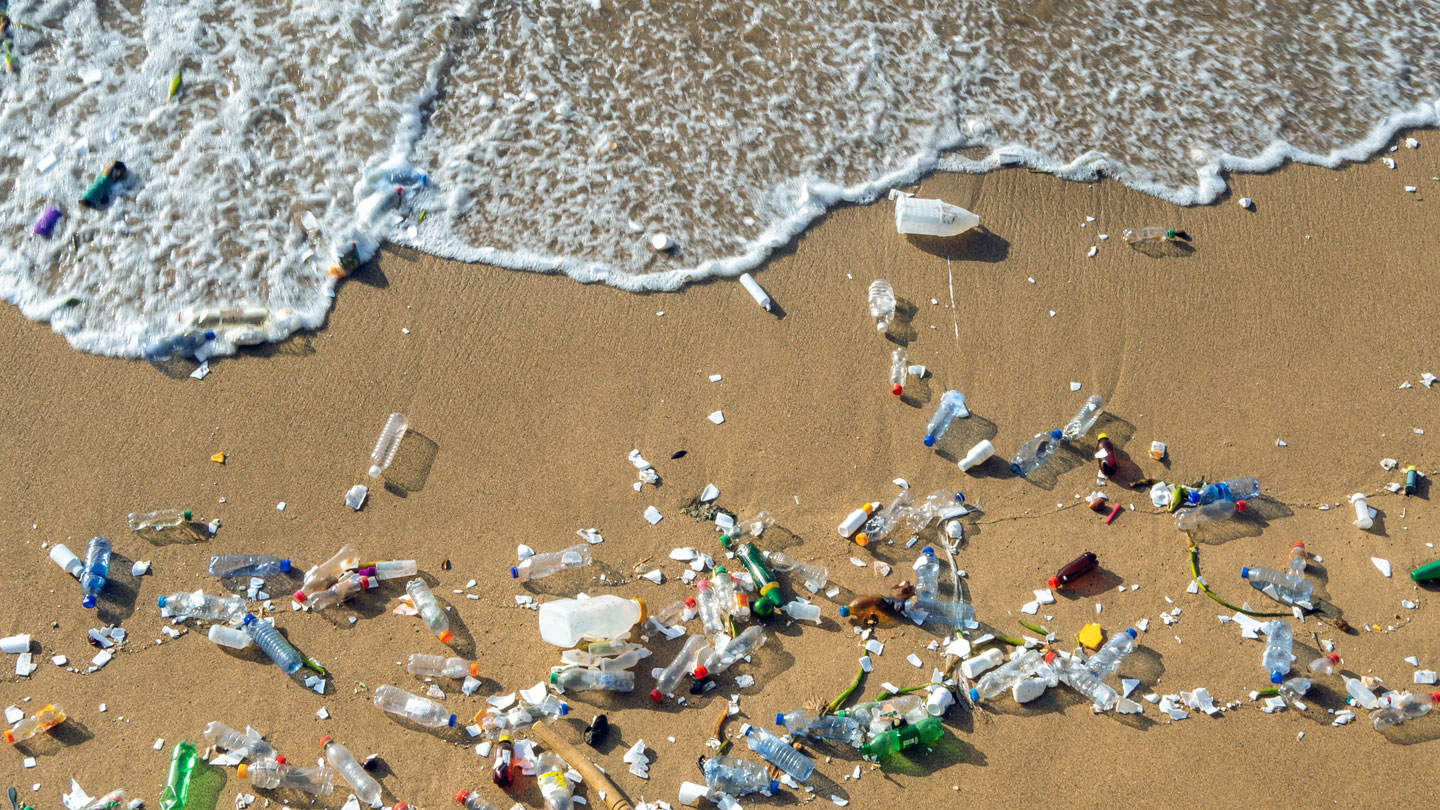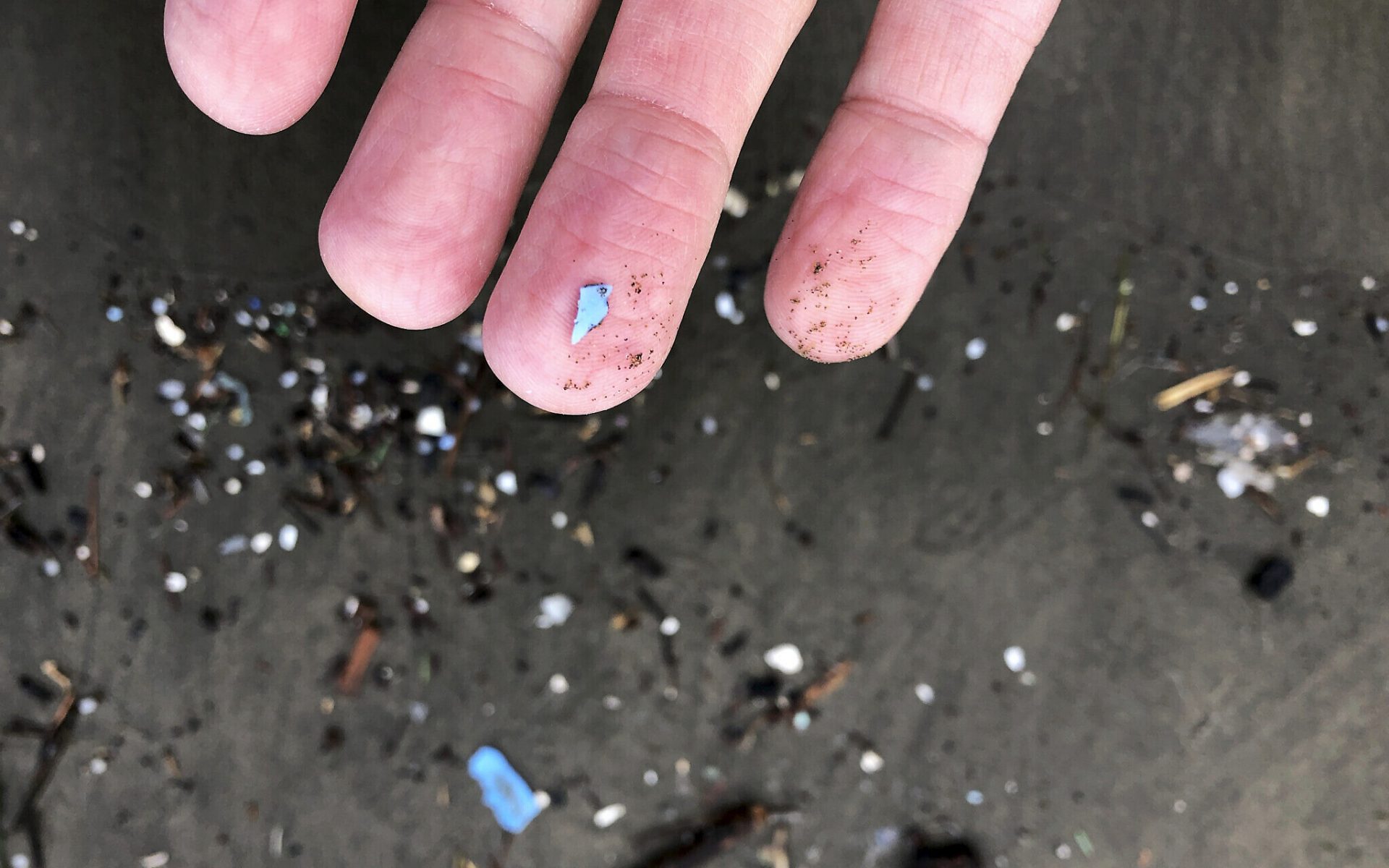Scientists are now trying to find out of the presence of microscopic foreign material in the bloodstream can affect the body’s organs.
Dutch researchers have discovered, for the first time ever, that microplastics now exist in the human bloodstream in a study recently published in Environment International.
This brand-new discovery has experts worried and raising questions over the presence of microscopic foreign material in the bloodstream, and can it affect the body’s organs?
NO ESCAPE FROM MICROPLASTICS
Microplastics are minuscule plastic particles that usually measure less than five millimetres across after being broken down from larger items. Did you know, when opening or closing a plastic bottle, we’re actually releasing tiny bits of plastic into the air? Just the act of walking around in clothes with plastic properties in them spreads microplastics into your surroundings.

The study, which included 22 healthy volunteers, showed that nearly 80 percent of the participants had microplastics in their blood. Half of the blood samples taken showed the presence of PET plastic, which is normally used to make plastic bottles, while more than one-third of the participants had traces of polystyrene – a material normally used for food packaging.
According to Dick Vethaak, an ecotoxicologist at Vrije Universiteit Amsterdam, this is the first time that scientists have been able to detect and quantify microplastics in human blood.
“This is proof that we have plastics in our body—and we shouldn’t,” Vethaak told AFP, raising concerns about the potential effects of microplastics on the human body.
“Where is it going in your body? Can it be eliminated? Excreted? Or is it retained in certain organs, accumulating maybe, or is it even able to pass the blood-brain barrier?”
The researchers posit that microplastics could have multiple routes of entry into our bodies, including but not limited to the air we breathe, the water or food we consume, as well as other everyday products that we may use, like toothpaste, lip gloss, and even tattoo ink.

Vethaak also thinks there might be other types of microplastics – perhaps larger ones – that they can’t detect, since it all depends on the diameter of the needle they use. So if there were bigger particles in the blood, the researchers would not have been able to retrieve them via syringe anyway.
Though there’s more research that needs to be done, the researchers think it’s also quite plausible for tiny plastic particles to be transported to our organs via the bloodstream.
IS ONE STUDY ENOUGH PROOF?
According to Alice Horton, anthropogenic contaminants scientist at Britain’s National Oceanography Center, the study provides more than enough proof that there are microplastics flowing in our blood.
“This study contributes to the evidence that plastic particles have not just pervaded throughout the environment, but are pervading our bodies too,” she said.
Other experts, like Fay Couceiro at the University of Portsmouth, believe the study’s small sample size shouldn’t deter people from the facts – saying the findings are robust enough to withstand any sort of scrutiny.
"ExpatGo welcomes and encourages comments, input, and divergent opinions. However, we kindly request that you use suitable language in your comments, and refrain from any sort of personal attack, hate speech, or disparaging rhetoric. Comments not in line with this are subject to removal from the site. "

















